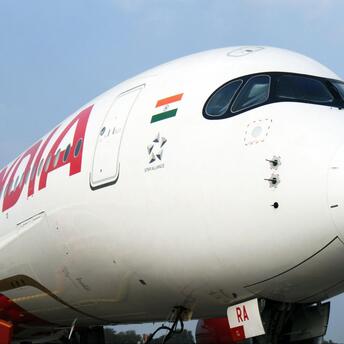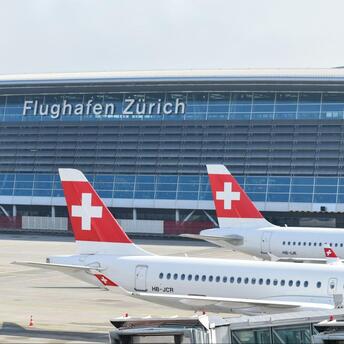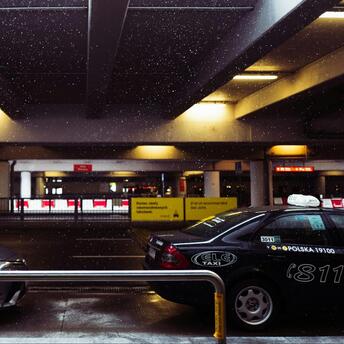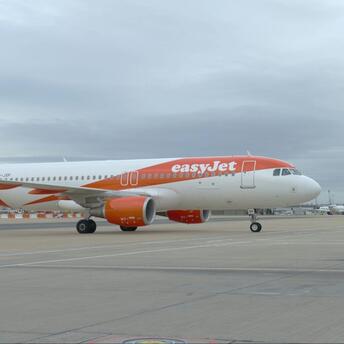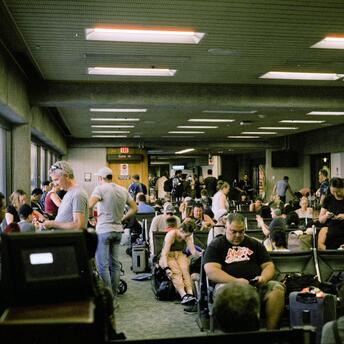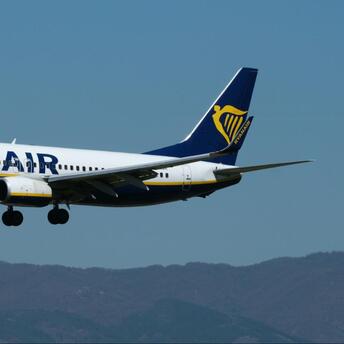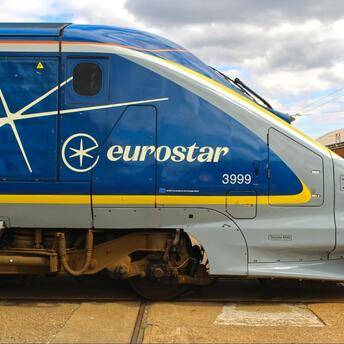Planes vs. Trains in Japan: Navigating the Ultimate Domestic Travel Choice
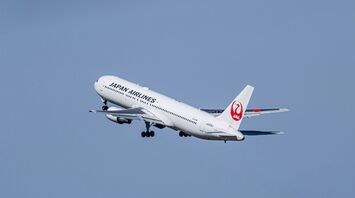
Japan's domestic transportation landscape presents travelers with a unique dilemma: Should one soar through the skies or glide along the rails? With an intricate network of high-speed trains and a robust airline industry, Japan offers efficient and reliable options for traversing the country. This article delves into the factors influencing the choice between flying and taking the train, providing insights to help travelers make informed decisions.
The High-Speed Rail Advantage
Japan's Shinkansen, or bullet train, is renowned worldwide for its speed, punctuality, and comfort. Connecting major cities like Tokyo, Osaka, Kyoto, and Hiroshima, the Shinkansen network allows passengers to travel vast distances swiftly while enjoying scenic views of the countryside. The trains can reach speeds of up to 320 km/h (about 199 mph), making them a competitive option compared to air travel for certain routes.
One of the significant benefits of choosing the train is the convenience it offers. Stations are typically located in city centers, reducing the need for lengthy transfers to and from airports. Additionally, the boarding process for trains is generally quicker and less cumbersome than airport security procedures. For travelers with Japan Rail Passes, unlimited access to most Shinkansen lines makes rail travel an economical choice.
The Allure of Air Travel
Despite the efficiency of Japan's rail system, domestic flights remain a popular option, especially for longer distances. Airlines like Japan Airlines (JAL) and All Nippon Airways (ANA) operate numerous flights connecting major cities and remote regions. For destinations like Hokkaido in the north or Okinawa in the south, flying can significantly reduce travel time.
Air travel in Japan is characterized by high levels of service and punctuality. The country's airports are well-equipped with amenities, and the overall flying experience is often smooth and comfortable. Budget carriers have also entered the market, offering competitive prices that can sometimes undercut the cost of train tickets, particularly when booked in advance.
Time vs. Cost: The Deciding Factors
When choosing between planes and trains, travelers often weigh the balance between time and expense. For routes such as Tokyo to Osaka, the time difference between flying and taking the Shinkansen is minimal when considering airport transfers and check-in times. In such cases, the train may be preferable due to its convenience and the added experience of rail travel in Japan.
However, for longer journeys, like Tokyo to Sapporo, flying becomes more time-efficient. While the train ride could take upwards of eight hours with transfers, a direct flight reduces the journey to about 90 minutes. Cost-wise, advance purchase discounts and special promotions can make flying a more budget-friendly option.
Environmental Considerations
In an era where environmental impact is a growing concern, the choice of transportation also involves ecological implications. Trains, particularly electric-powered ones like the Shinkansen, have a lower carbon footprint per passenger compared to airplanes. Travelers conscious of their environmental impact may lean towards rail travel as a more sustainable option.
The Travel Experience
Beyond practicality, the travel experience itself plays a role in the decision-making process. The Shinkansen offers spacious seating, the ability to move freely between cars, and the chance to purchase bento boxes and refreshments on board. The views of Mount Fuji and the passing landscapes add to the charm of train travel.
On the other hand, air travel provides a different perspective, with aerial views during takeoff and landing. Airlines may offer in-flight services, including meals and entertainment, enhancing the journey for passengers.




